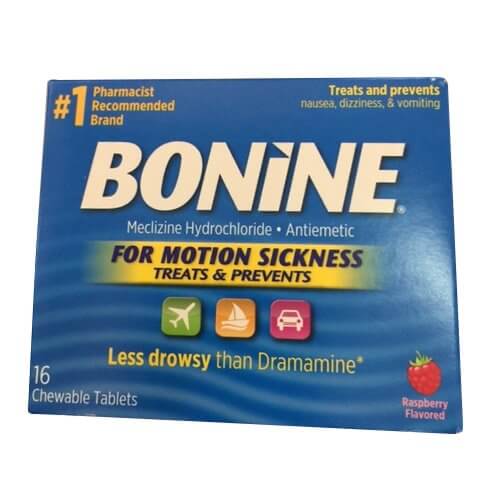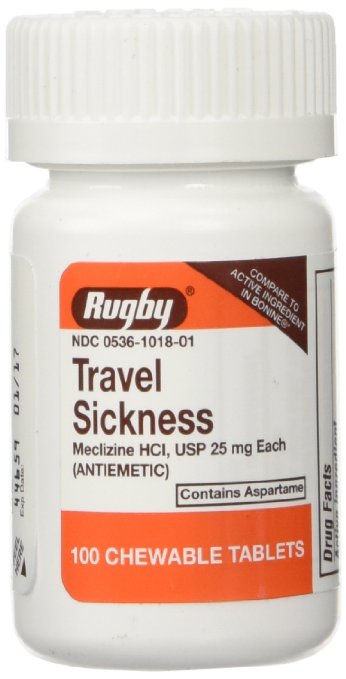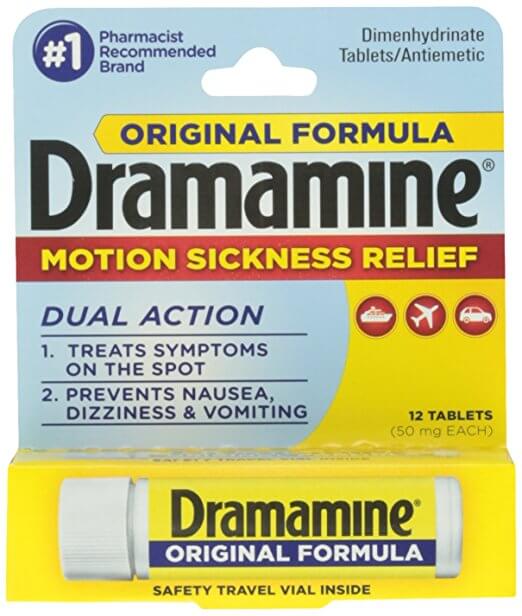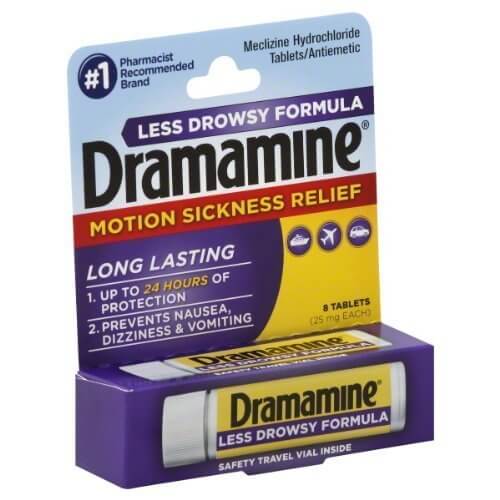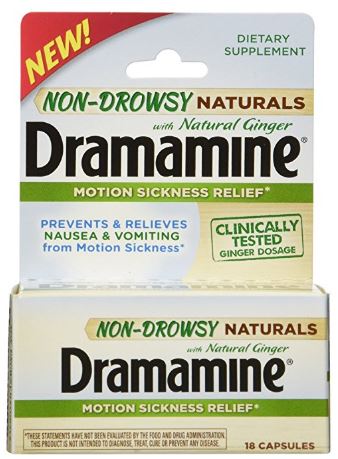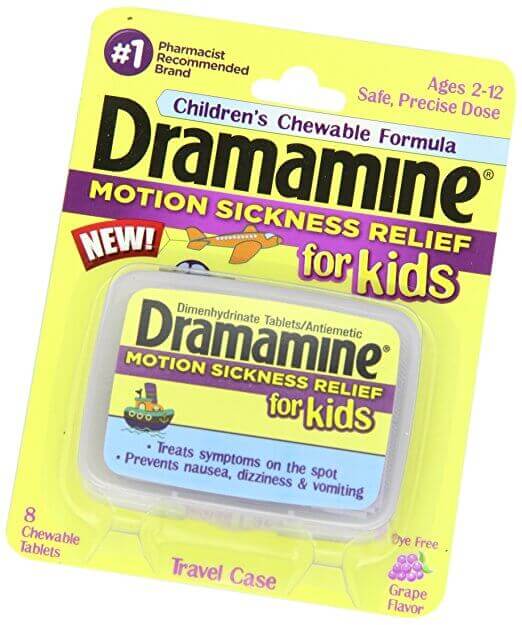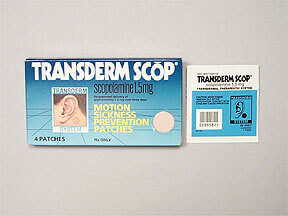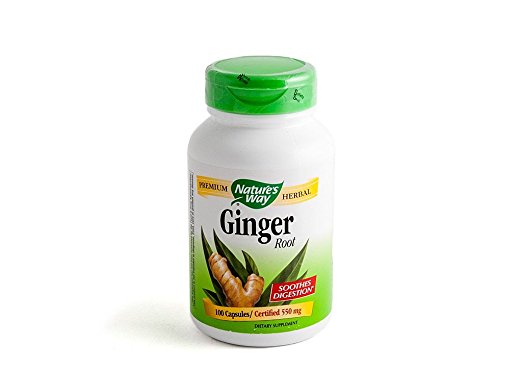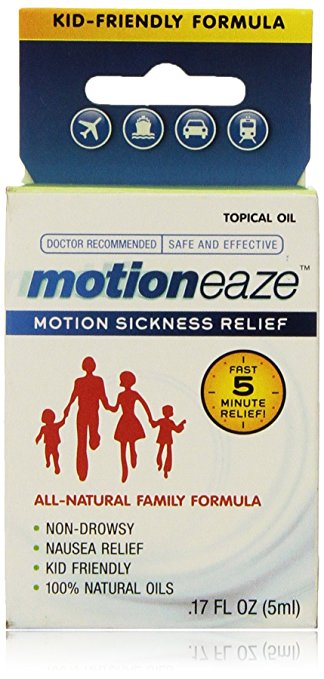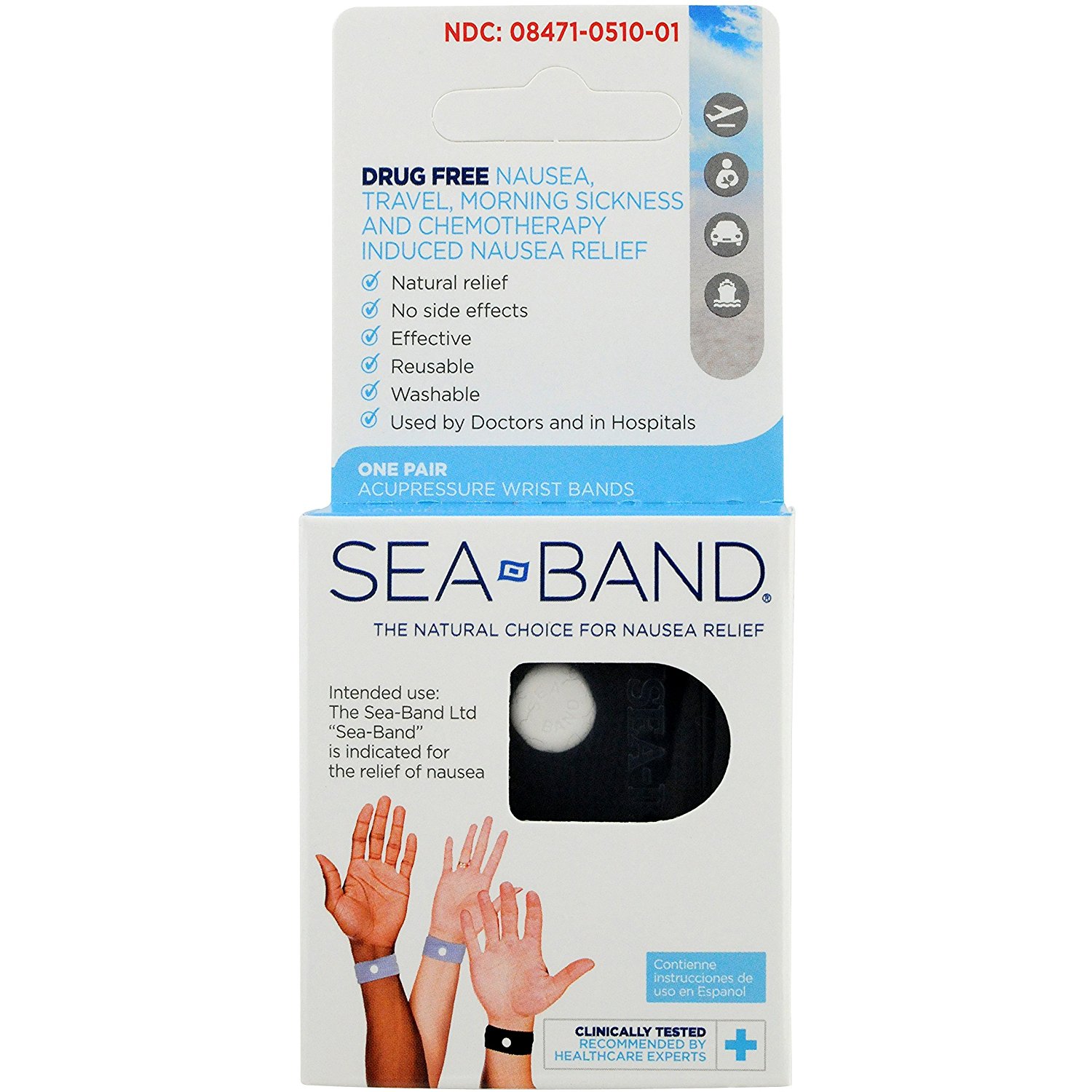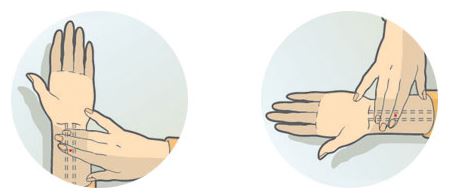Disclosure: This Seasickness on Cruises post contains affiliate links. Read full Disclosure Policy.
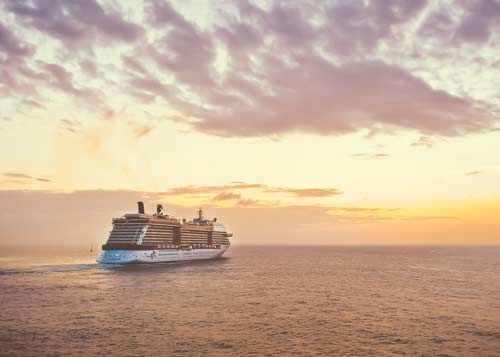
Seasickness on Cruises
“Will I get seasick on a cruise?”
The number one concern for first cruisers is about seasickness on cruises.
In this guide, I’ve outlined everything you need to know about how to avoid getting seasick on your cruise and the best seasickness remedy available today.
you’ll learn about:
|
|
Table of Contents
Here’s some good news…
The good news is…most cruisers will never get sick.
But maybe you’ve wondered if seasickness will impact your trip? I know I did.
So, let’s start here…
Will YOU Get Seasick on Your Cruise?
The last thing you want is for the motion of the ocean to negatively impact your vacation.
Unfortunately, predicting whether or not seasickness will impact you is not easy. There are many factors in play and it depends on your own sensitivity to the motion of the cruise ship, as well as the ocean conditions while you are at sea.
Separate individuals will have different physical reactions to the same sea conditions.
However…here is the good news.
Most people don’t get sick on a cruise
Today’s cruise ships are built to make your ride as smooth as possible.
Everyone is different and yes, some people do get sick.
HOWEVER… take some comfort in knowing that most people don’t get sick. Sure, you’ll probably feel some of the ship’s movement, but the majority of people don’t suffer or feel ill.
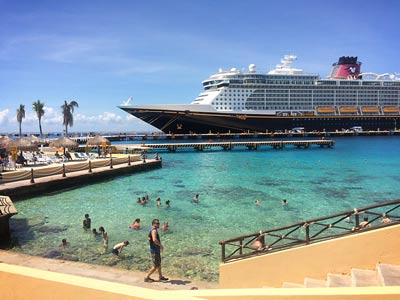
It’s normal to feel the rocking.
On the first day of the cruise, it is completely normal to feel a little “off” or “strange” as your body adjusts to the motion of the sea.
This doesn’t mean you’ll get sick. For most people this feeling goes away very quickly.
Should YOU worry about seasickness on cruises?
Answer these two questions:
1) Do you get motion sickness in a car, roller coaster, or have a past history of seasickness?
2) Is there a possibility of inclement weather during your trip?
If you answered YES to either of these questions, it would be wise to take precautions to help you prevent getting sick on your cruise.
And there is more good news…
It’s easier to prevent seasickness than get rid of it
While I can’t predict perfectly if you will get seasick, I can provide you with information to help fight the dreaded “mal de mer”.
The best way to combat seasickness is to prevent it from happening in the first place.
Fortunately, there are several ways to avoid seasickness or at least minimize the strength of its symptoms.
Let’s break down the ways you can prevent getting sick. We will cover:
- Over the counter medicine – primarily Bonine and Dramamine
- Prescription drugs
- Motion sickness wristbands
- Natural seasickness remedies
I will dive into each of these so you can make a smart decision about what might work best for you.
Over the Counter Seasickness Medicine
Bonine
Bonine is an over-the-counter chewable seasickness pill that treats and prevents nausea, dizziness and vomiting for up to 24 hours.
Pros of Bonine
Prevents seasickness symptoms with minimal drowsiness or other side effects
Only has to be taken once a day (lasts up to 24 hours)
Chewable
Cons of Bonine
Not recommended for anyone under the age of 12
Contains artificial sweetener
Warning to avoid alcoholic drinks because it may increase drowsiness
Contains lactose (only a CON if you are lactose intolerant)
Bonine only has one product on the market, this makes for an easy purchase decision. Each seasickness pill contains 25 mg of Meclizine. You can buy this generic form of Bonine (Meclizine) if you want to save some money.
Bonine should be taken prior to getting on the ship for maximum benefits.
Most cruisers say to take Bonine starting at bedtime the night before the cruise then every night thereafter while on the cruise.
Dramamine
Dramamine is an over-the-counter seasickness pill that treats and prevents nausea, dizziness and vomiting for up to 6-8 hours.
Dramamine offers several products which have different pros and cons and cross over into other seasickness remedy categories.
The active ingredient is 50 mg of Dimenhydrinate.
There are four basic forms of Dramamine. Each is completely different, so it’s best to understand each one.
1. Dramamine Original Formula
Dramamine’s active ingredient is 50 mg of Dimenhydrinate. You can save a few bucks and get the generic version here.
Pros of Dramamine
Offers dosing instructions for children as young as 2 years old
Available in pill form (to swallow) and also in chewable tablets
Does not contains artificial sweetener
Cons of Dramamine
Can cause drowsiness
Must be taken more frequently - One to two tablets every 4 to 6 hours (for adults)
Avoid alcoholic drinks because it may increase drowsiness
Contains lactose (not good if you are lactose intolerant)
2. Dramamine Less Drowsy Formula
Dramamine Less Drowsy Formula contains the same active ingredient (Meclizine) as Bonine and is comparable in benefits. In fact, it’s pretty much the same thing.
3. Dramamine Non Drowsy Formula
The Dramamine Non Drowsy Formula is completely different from its regular formula. It is a ginger pill that prevents and treats the symptoms of motion sickness – nausea and vomiting – without drowsiness.
Why is it non-drowsy? It’s active ingredient is natural ginger. This is a natural seasickness remedy (more info below) with no drugs thus it doesn’t cause drowsiness at all.
4. Dramamine for Kids
Dramamine for Kids is the only medicated motion sickness relief product formulated just for children ages 2-12.
This has the same active ingredient as Dramamine Original, but each tablet is only half the dose (25 mg of Dimenhydrinate instead of 50 mg) and comes in a chewable grape flavor.
It does cause drowsiness so keep that in mind.
Dramamine should be taken prior to getting on the ship for maximum benefits. Most cruisers start taking it a day or two prior to embarkation.
Prescription Medicine Remedies for Seasickness
Transderm Scop Seasickness Patch
The Transderm Scop seasickness patch is applied to the skin area behind the ear and can help prevent motion sickness for up to three days per patch.
If you are interested in this seasickness patch, please see your doctor as these are by prescription only. (Unless you live in Canada, where they are available over-the-counter.)
Pros of Transderm Scop Patch
Prescription strength
Cons of Transderm Scop Patch
Could cause blurry vision
Could cause dry mouth
Should not be used on children
Must see a doctor and get a prescription
Natural Remedies for Seasickness
Don’t want to take medications for seasickness?
Ginger
Ginger is a popular home seasickness remedy for motion sickness due to its nausea-preventing properties. Ginger aids digestion and saliva flow, which help to calm nausea.
Ginger can be taken in many forms to prevent motion sickness. Here are a few options…
Ginger Ale
Ginger Ale is usually available in the main dining rooms. You can also get it at the bars and lounges anytime for an extra charge.
*NOTE: If you have a heart condition, you are pregnant, or are on blood-thinners (or other medications), talk to your doctor before using ginger remedies.
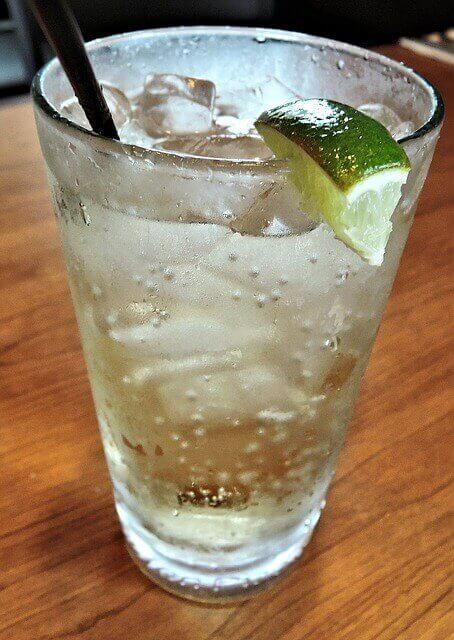
Green Apples
Green apples help to neutralize acid in the tummy, making it useful for preventing motion sickness. Green apples are available at your ship’s buffet and can often also be ordered from room service. Don’t try to bring apples onto the ship or they will confiscate them.

Motioneaze Motion Sickness Relief
Motioneaze is a concentrated essential oil for seasickness that is applied to the skin just behind each earlobe. The active ingredients then travels to the inner ear, easing the symptoms of nausea.
Pros of Motioneaze
No side effects
Safe for adults and children
All natural
Cons of Motioneaze
Has a smell - similar to eucalyptus
Seasickness Bracelets
Motion sickness wristbands and seasickness bracelets are worn around your wrists, with a round stud that presses against the inside of your wrist, emulating acupressure to relieve nausea. All acupressure bands are drug-free and non-medicated. They are therefore completely free of side effects and can be used in addition to other motion sickness remedies and medications for seasickness.
Sea-Band is the most popular seasickness bracelet among cruisers.
These are knitted elasticated wristbands that come in adult and child sizes. The bands need to be snug-fitting and will not work if they are loose around your wrist. (Adults with small wrists may want to consider using the children’s sized bands.)
If you use Sea-Bands, put them on before you get onboard. They are great for preventing, but not nearly as good for treating once seasickness starts.
Pros of Sea-Band Seasickness Bracelets
No side effects
Safe for adults and children
Washable and reusable
Cons of Sea-Band Seasickness Bracelets
Not the best fashion statement 🙂
How to Wear Seasickness Bracelets
Motion sickness wristbands are often worn incorrectly. Make sure to read the instructions (see below) to make sure you are putting them on correctly so the pressure is in the exact right spot.
Sea-Bands are sold in packs of two and should always be used together, one on each wrist.
From Sea-Band website:
- Place your middle three fingers on the inside of your wrist with the edge of the third finger on the wrist crease. The Nei-Kuan point is just under the edge of your index finger between the two central tendons.
- Position the button facing downward over the Nei-Kuan point. Repeat the process for the other wrist.
- One band must be worn on each wrist to be effective.
TIP: If you’re posing for photos, you may want to remember to remove your seasickness bracelets first.
Crackers
Salty crackers are easily digestible snacks that are great for calming the stomach and can be used to prevent motion sickness. Saltine crackers are considered the best because they help absorb excess acid efficiently.
To prevent nausea and vomiting, eat dry crackers and wash them down with a clear, carbonated soda like ginger ale. By doing this every few hours on an empty stomach, you’ll lessen the likelihood that you will get sick.
You can ask for saltines at your cruise buffet.
Peppermint
Peppermint can be very effective in combating motion sickness. The ingredient menthol works to calm your stomach muscles and reduce nausea.
- Keep a peppermint candy in your mouth and suck on it slowly.
- You can also put a few drops of peppermint essential oil on a handkerchief and smell it whenever you need to fight off nausea and vomiting.
Phew! That’s a lot of options!
Yeah, that’s probably the most comprehensive list of seasickness remedies you’ll find anywhere.
Alisha Recommends:
My Personal Seasickness Cocktail

Here is my personal recipe for how to avoid seasickness on a cruise.
Get these two things:
Bonine + Sea-Bands
The combination of Bonine (seasickness pill) and Sea-Bands (natural seasickness bracelet) is my go-to combination for avoiding seasickness on cruises.
Bonine
Take some Bonine a few hours before boarding the ship. If you don’t take it early, it won’t be as effective when the ship gets underway.
Sea-Bands
Because a Sea-Band seasickness bracelet is not a drug, it is completely safe to wear while taking Bonine or Dramamine.
How can you prevent seasickness before it happens?
10 Tips to Prevent Seasickness on Cruises
CHOOSE A CRUISE WITH CALM WATERS
Want some calmer water? Try a river cruise, the Alaskan inside passage, or the Caribbean — except during hurricane season. Hurricane season officially runs from June 1st through November 30th but tends to be most “active” from mid-August to mid-September.
STRATEGICALLY SELECT YOUR STATEROOM
Even big cruise ships sometimes encounter rough seas. To ensure the smoothest ride, choose a stateroom on the lower decks towards the middle of the ship. The lower and closer you are to the center of the ship, the less movement you will feel.
I like this analogy from icruise.com:
“Think of the ship as a tree; when the wind blows, the leaves and branches at the top have all the movement, but the trunk of tree has little to no motion.”
If you opt for a verandah stateroom, as you can open your door and let in the fresh air. Keep in mind, however, that verandah staterooms are usually located on higher levels.
KEEP AN EYE ON THE HORIZON
If you’re starting to feel a little queasy, go to an open cruise deck and watch the horizon for awhile. Looking at a stationary object in the distance will help you recover your equilibrium and ward off the subtle feelings of vertigo that cause seasickness. Plus that fresh air can do wonders!
STAY HYDRATED
Dehydration is known to cause symptoms of seasickness or can make them worse if you’re starting to feel unwell. Drinking alcohol can accelerate dehydration, go easy on the booze. Alcohol also lowers your body’s resistance to seasickness. So, here’s a good tip: stay away from alcohol the night before you set sail!
BEWARE THE POWER OF SUGGESTION
The mind is a powerful thing. If you convince yourself you’re going to get sick, you most likely will. Stay clear of anyone else that might become ill or wants to incessantly talk about the ship’s movement. Yes, it IS possible to get sick by suggestion. So think positive!
NO READING
If you are prone to motion sickness, reading a book or staring at an electronic screen is likely to make it worse.
GET GOOD AMOUNT OF REST
A good night’s sleep the evening before you travel is wonderful for your body. Being tired or worn down can make you more prone to getting seasick.
AVOID OTHERS NOT FEELING WELL
Steer clear of others who have become nauseous. Seeing and smelling others who have motion sickness is sometimes enough to cause you to become sick.
KEEP SOMETHING IN YOUR STOMACH
It might seem odd, but an empty tummy is not good for motion sickness. Regular, small snacks can reduce the your risk of nausea. Choose what you eat carefully, however. Avoid fried, greasy, or spicy foods; basically anything that isn’t hard on the stomach. That can include dairy and very sweet or rich foods.
KNOW WHERE TO GO FOR HELP
Each Disney Cruise ship has a Health Center located on Deck 1, Forward. If your seasickness is causing you to have a rough time, the Health Center provides help and complementary medicines. You can also get free motion sickness medicine at Guest Services. Disney truly wants you to have a smooth sailing with Mickey!
Pin for Later


